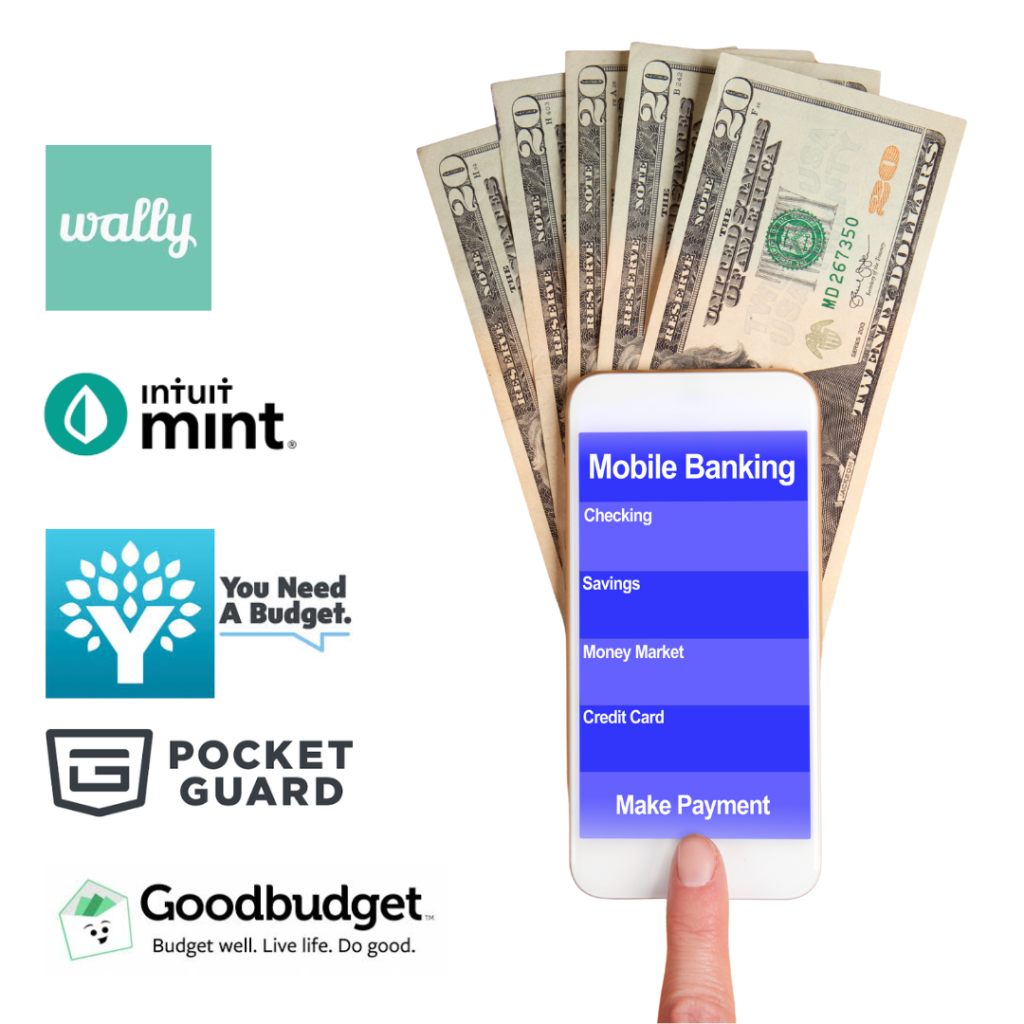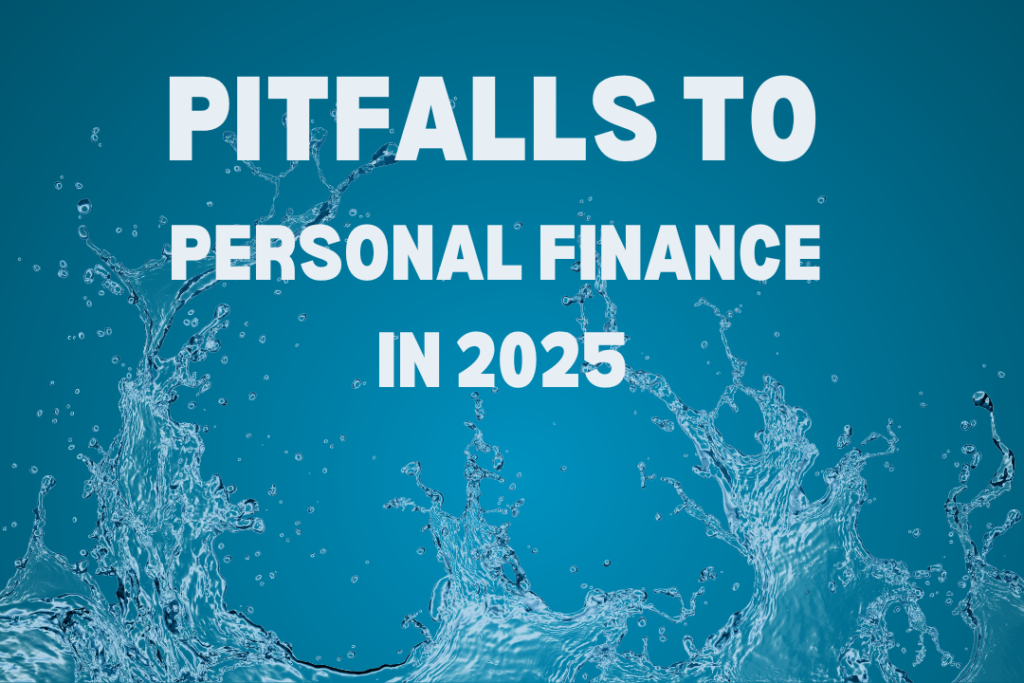It’s common to go wrong with personal finance so much so that even the most basic mistakes become avoidable. It shouldn’t be a surprise that the world of personal finance is regularly made to looks more complicated than it actually is. While yes, there are some complex elements to it, but for the most part, it is fairly easy to grasp.
These are the mistakes that pertain to personal finance as it is expected to be in the year 2025. So, try and keep them in mind while working with personal finances.
Don’t Track Spending - A Friend Learns The Hard Way
My friend was earning handsome salary but was constantly struggling to maintain his finances at the end of the month. For him, budgeting was not the relevant to his income and he never bothered tracking his expenses. Everything seemed to be fine yet one day a u-tirn cam ein his life. Stress began building up when tracking his expenses became an elusive task. The lack of proper planning translated into missed opportunities to save and a needless amount of worry.
Eventually, he made the decision to write out the budget he previously avoided. To his surprise, he realized he was spending most of his income on unaccounted subscription services, eating out, and buying on impulse. Everything got better when he drew out a simple budgeting plan which in turn showed him how much was in his control. Reducing unnecessary expenses, designing a savings plan, and most importantly sticking to his budget provided him with peace of mind as he finally had a grasp at the situation.
Effective Steps to Plan a Budget
- Track Your Income and Expenses
Begin by documenting your total monthly income. Then, list all your expenses—both fixed costs (like rent and utilities) and variable ones (like groceries, dining out, and entertainment). - Categorize Your Spending
Organize your expenses into categories such as housing, food, transportation, and leisure. This step helps you identify where your money is going and pinpoint areas for overspending. - Set Spending Limits
For each category, establish realistic spending caps. The only aim here is to create a surplus. - Build in Savings
Treat savings as a non-negotiable expense. Allocate at least 10-20% of your income toward an emergency fund, investments, or debt repayment. - Monitor and Adjust
Regularly review your budget and tweak it as needed. Life changes, and your budget should adapt accordingly.
Budgeting Apps (iOS and Android)
Here are some of the apps suggested to provide comfort in handily managing expenses. Also kindly go with the *** Rule framework.
- Mint: Automatically tracks expenses, offers insights, and creates tailored budgets.
- YNAB (You Need A Budget): Encourages proactive money management by assigning every dollar a job.
- Pocket Guard: Helps you see how much money is truly “left to spend” after covering bills and savings.
- Good Budget: Uses a digital envelope system to help plan and manage expenses.
- Wally: Tracks income, expenses, and receipts to streamline financial management.

*** The 50/30/20 Rule: A Simple Budgeting Framework
A widely recommended rule of thumb is the 50/30/20 rule, which divides your income into three categories:
- 50% for Needs: Essential expenses like housing, transportation, and healthcare.
- 30% for Wants: Nonessential spending like dining out, entertainment, or hobbies.
- 20% for Savings and Investments: Allocate this portion for building an emergency fund, repaying debt, or investing in your future.
These percentages aren’t sacrosanct. If your situation allows, directing more than 20% of your income toward savings can significantly accelerate your financial progress. Simplify the process by using a budgeting app that automatically tracks your spending and calculates these percentages for you.
By understanding where your money goes, aligning it with your priorities, and leveraging help, budgeting transforms from a tedious task into a powerful strategy for achieving financial freedom.
Overlooking Emergency Funds: A Critical Mistake
One of the biggest financial blunders people can make is not having an emergency fund. The world can be full of surprises and it is possible to encounter unexpected problems, such as a sudden medical emergency, the loss of a job, or the need to replace a car. Without an emergency fund, these situations can easily become financial crises.
When my colleagues faced an unexpected job loss, they were left speechless. It was quite tough for them to decide between paying for the children’s school fees, changing the roof of their house or paying for the vehicle’s repair. This forced them to use credit cards It and is loans possible which to only avoid made working things for worse. months and Finally, saving up they for understood an the emergency need fund. to Having save an for emergency emergencies. can fund help to reduce stress and increase financial security when things do not go as planned.
Steps to Build an Emergency Fund
- Set a Target Amount: Aim for at least 3-6 months’ worth of essential expenses. This should cover necessities like housing, groceries, and utilities.
- Open a liquid mutual fund: Keep your emergency fund in a separate, easily accessible account online to avoid the temptation of spending it.
- Start small, but start now: Even saving a small amount regularly will build up over time. The key is consistency.
- Automate Savings: Set up automatic transfers to your emergency fund each month to ensure steady growth.
- Avoid Tapping Into It: Only use the fund for true emergencies like medical expenses, job loss, or major home repairs.
Thumb Rule
A good thumb rule to follow: Aim to save 3-6 months of living expenses and prioritize building this fund before making nonessential purchases or investments.
Underestimating Health Insurance: A Risky Oversight
Many people fail to see the value of having sufficient health insurance; indeed, they believe that their current insurance suffices, or that they will not need insurance at all. Given the fact that the medical costs are rising so fast that they now beat inflation by a fair margin, lacking coverage can really leave you in a staggering time of financial distress. A health emergency is unpredictable and, in the face of it, inadequate insurance smothers your savings and leaves you in dire financial circumstances. It is important to see to it that health insurance is robust in covering expected medical aftereffects.
Key Advantages of Adequate Health Insurance
- Financial Protection Against High Medical Costs
Comprehensive health insurance shields you from the financial burden of unexpected medical expenses, such as surgeries, hospitalization, or critical treatments. Without sufficient coverage, you might end up draining your savings or taking on debt to pay for these costs. - Access to Better Healthcare
With adequate health insurance, you gain access to a wider network of doctors, hospitals, and medical treatments, ensuring timely and high-quality care when needed. This helps you avoid delays in treatment and guarantees better overall healthcare outcomes. - Peace of Mind
Knowing that you are covered for medical emergencies brings peace of mind. You can focus on your health and recovery without the added stress of worrying about how to pay for treatment or other health-related costs.
Allowing Debt to Spiral: A Financial Pitfall
Once debt accumulates, it can pile on real pressure. Loans tend to be easy to get for convenience or immediate needs. However, should one fail to manage the debt in a responsible way, the high-interest payments will make a significant dent into one’s monthly income. As the debt increases, the monthly interest payments will spike, which makes it an instant vicious cycle of borrowing and repayment. It’s important to be aware of your levels of debt and your repayment capacities and never allow yourself to go into debt beyond your means.
If you’re in a debt cycle, don’t keep it waiting. Take action sooner.
Template for Debt Reduction
Here is a simple template that will provide an intuitive way to determine the time necessary for the complete payment of one’s debt and subsequently, the monthly payment plan. The table contains example data that illustrates how one will set up a debt payment plan.
Debt Payoff Table
| Debt Type | Outstanding Debt | Interest Rate | Minimum Monthly Payment | Additional Payment | Total Monthly Payment | Months to Pay Off |
|---|---|---|---|---|---|---|
| Credit Card | $5,000 | 18% | $150 | $350 | $500 | 11 |
| Personal Loan | $10,000 | 12% | $200 | $400 | $600 | 18 |
| Car Loan | $8,000 | 10% | $150 | $250 | $400 | 18 |
| Total | $23,000 | $1,500 | 30 |
How to Use This Template
- List Your Debts: Identify all debts, including credit cards, loans, and any other outstanding balances.
- Add Interest Rate and Minimum Payments: For each debt, input the interest rate and the minimum monthly payment you are required to make.
- Determine Additional Payments: Decide how much extra you can afford to pay each month beyond the minimum payment.
- Calculate Total Payments and Time to Pay Off: Add the minimum payment and the additional payment to calculate your total monthly payment. Use an online loan calculator or amortization tool to calculate how many months it will take to pay off each debt.
By making a plan and paying more than the minimum payment, you can reduce your debt faster and pay less in interest over time.
Budgeting Apps (iOS and Android)
Here are some of the apps suggested to provide comfort in handily managing expenses. Also kindly go with the *** Rule framework.
- Mint: Automatically tracks expenses, offers insights, and creates tailored budgets.
- YNAB (You Need A Budget): Encourages proactive money management by assigning every dollar a job.
- Pocket Guard: Helps you see how much money is truly “left to spend” after covering bills and savings.
- Good Budget: Uses a digital envelope system to help plan and manage expenses.
- Wally: Tracks income, expenses, and receipts to streamline financial management.

Pingback: Calculate Your Financial Future: 5 Ultimate Steps to Financial Success